Image
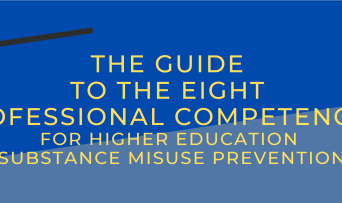

See below for a list of non-DEA publications to help support your efforts in preventing drug use and misuse among college students.

The Guide to the Eight Professional Competencies for Higher Education Substance Misuse Prevention was developed to provide a broad understanding of the range of skills necessary for orchestrating comprehensive campus prevention efforts. With the active engagement of seasoned personnel with extensive experience surrounding campus substance misuse prevention efforts, the resulting compilation organizes competencies within eight core areas; further, it provides specific resources helpful for each of these areas and for overall professional development. The guide was prepared by David S. Anderson, Ph.D., Professor Emeritus of Education and Human Development, George Mason University, with funding from the Mid-America Prevention Technology Transfer Center (funded by the Substance Abuse and Mental Health Services Administration). Read more.
This guide seeks to provide the latest data on substance use among college students, reframe prevention efforts around the university’s academic mission, and help trustees and university leadership change their campus cultures through evidence-based practices. Read more.
This Advisory reviews the evidence on prescription stimulant misuse among youth and young adults. It establishes prescription stimulant misuse as a public health problem, identifies associated risk and protective factors, and provides programs and action steps for stakeholders to prevent misuse. Read more.
This kit discusses the consequences of substance misuse among college students, including the misuse of prescription and over-the-counter drugs. It explores various causational factors such as peer pressure, stress, social norms, and advertising messages. Read more.
The COVID-19 pandemic continues to evolve rapidly, causing institutions of higher education to evaluate and plan for numerous “what if” scenarios. These guidelines released by the American College Health Association are based on information about COVID-19 that is known today. Read more.
The number of institutions of higher education (IHEs) that operate in states where marijuana use is now legal or decriminalized is expanding, and those changes are creating new challenges for campus safety officials at IHEs across the United States. This report provides the findings of a Critical Issues in Campus Public Safety Forum with campus safety leaders, sponsored by the National Center for Campus Public Safety. Read more.
The first-ever Surgeon General’s Report on Alcohol, Drugs, and Health, released in the fall of 2016, reviews what is known about substance misuse and how that knowledge can be used to address substance misuse and related consequences. The Prevention and Recovery chapters includes sections on programs for college students. Read more.
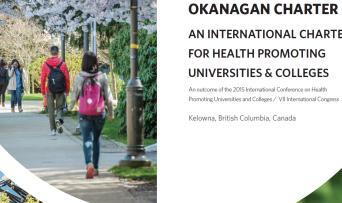
The International Health Promoting Universities & Colleges Network is guided by the Okanagan Charter: An International Charter for Health Promoting University and Colleges, which calls on post-secondary schools to embed health into all aspects of campus culture and to lead health promotion action and collaboration locally and globally. Created in June 2015, the Charter provides institutions with a common language, principles, and framework to become health and well-being promoting campuses. Read more.
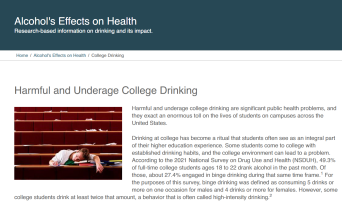
Harmful and underage college drinking are significant public health problems, and they exact an enormous toll on the lives of students on campuses across the United States. Read more.
The American College Health Association Task Force for Opioid Prescribing in College Health has created these guidelines to further an understanding of the issues surrounding opioid prescribing; review major concepts designed to maximize safety and reduce potential for misuse; and identify possible avenues to assist students with an opioid use disorder with rehabilitation, recovery, and return to the college environment. Read more.
The guide’s goal is to review the literature on prevention of marijuana use among youth, distill the research into recommendations for practice, and provide examples of the ways these recommendations can be implemented. The guide provides considerations and strategies for key stakeholders (including policy makers, community coalitions, businesses, school administrators, educators, and other community members), states, and the prevention workforce to prevent and reduce marijuana use among youth. Read more.
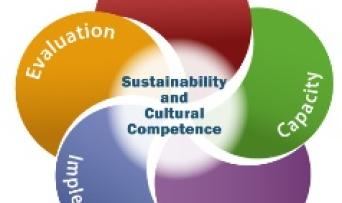
SAMHSA’s Strategic Prevention Framework is a dynamic, data-driven planning process that prevention professionals can use to understand and more effectively address the substance misuse and related mental health problems facing their communities. Read more.
In October 2019, the American College Health Association released their updated Standards of Practice for Health Promotion in Higher Education, which serve as a guiding document for professionals who conduct, support, supervise, or have oversight over departments facilitating health promotion processes on their respective campuses. The Standards of Practice are not intended to be a prescriptive formula; rather, they offer a goal for which health promotion professionals in higher education can strive. The document’s purpose is to serve as a framework for the practice of health promotion in higher education to support student success and well-being. Read more.
This toolkit was created as part of the BACCHUS Initiatives of NASPA’s work with the Coalition for the Prevention of ADHD Medication Misuse. CPAMM is a collective of associations representing medical providers, individuals with an ADHD diagnosis, mental health providers, student affairs professionals, and peer educators and advisors. Read more.
Guided by the latest prevention science and deterrence strategies, and with the collaboration of athletics stakeholders and substance misuse prevention experts, this toolkit is designed to support athletics administrators, in partnership with campus colleagues, reduce substance misuse and promote healthy choices that enhance athletic performance and lifelong health. Read more.
The feeling of sending a grown child off to college for the first time can be described as a strange mixture of pride, relief, and severe anxiety. What do parents need to know as their adult child takes this big step? Read this article on the Partnership to End Addiction's website. Read more.
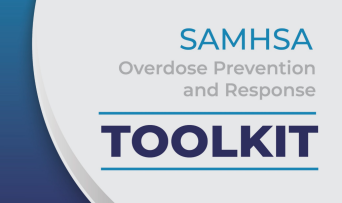
The primary purpose of this toolkit is to educate a broad audience on overdose causes, risks, and signs, as well as the steps to take when witnessing and responding to an overdose. It provides clear, accessible information on opioid overdose reversal medications, such as naloxone. This toolkit serves to complement, not replace, training on overdose prevention and response. It is also intended to augment the use of other overdose prevention tools for community engagement and planning, as well as enhance provider education across multiple practice areas. Read more.
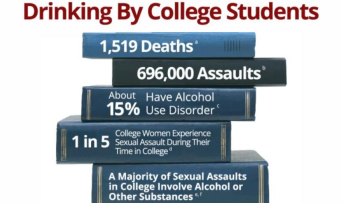
As college students arrive on campus this fall, it is typically a time of new experiences, new friendships, and making memories that will last a lifetime. Unfortunately for many, it is also a time of harmful and underage drinking and of dealing with its aftermath—from vandalism, sexual assault, and other forms of violence to injuries and death. Read more.
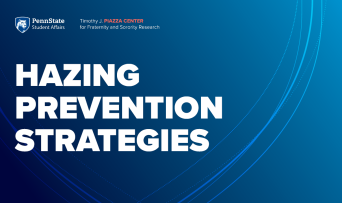
This Piazza Center guide suggests hazing policies and programs as well as outlines promising practices for campuses developing comprehensive prevention programs. Research-driven insights highlight key strategies at the individual, organizational, and community levels that inform effective hazing and hazardous drinking prevention. Read more.